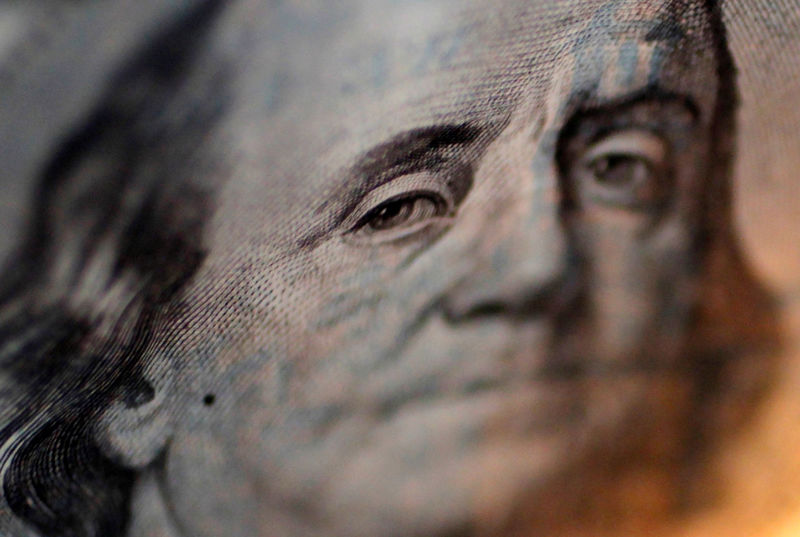© Reuters.
Investing.com — Most Asian currencies rose slightly on Friday, recovering a measure of steep losses this week as the dollar retreated from two-month highs, although concerns over rising U.S. interest rates remained in play.
Regional markets were also cheered by the prospect of more stimulus measures in China, after the People’s Bank (PBOC) said it will continue to release more liquidity and support an economic recovery.
Strong inflation readings for July helped the rise 0.2%. Higher inflation puts more pressure on the Bank of Japan to eventually begin tightening monetary policy.
But the yen was still down 0.4% for the week, and was trading close to nine-month lows amid a widening gulf between local and U.S. yields.
Optimism over China helped the rise 0.1% from a nine-month low, while the rate-sensitive added 0.1%.
The rose 0.1%, remaining close to record lows even as hotter-than-expected inflation readings spurred some bets on more rate hikes by the Reserve Bank.
Chinese yuan lags on rate cut bets, economic woes
The was flat on Friday, lagging its regional peers as markets positioned for a widely expected interest rate cut by the PBOC next week.
The central bank’s comments on more stimulus came just a few days after it unexpectedly trimmed its short and medium-term lending rates. Such a move usually heralds a cut in the PBOC’s , with a decision due next week.
The PBOC is expected to cut its medium and long-term loan prime rate by 15 basis points each.
While the central bank has buoyed the yuan with dollar sales and strong midpoint fixes, the outlook for the yuan remains largely dour on the prospect of falling interest rates.
The Chinese economy is also grappling with disinflation amid a slowing post-COVID recovery, which has also soured sentiment towards the yuan, as have fears of a debt crisis in the country’s massive property market.
Dollar eases from 2-mth high, but Fed fears persist
The dollar retreated in Asian trade, with the and falling 0.3% each. Both indicators were trading close to their highest levels since early-June.
Data released on Thursday showed that weekly fell more than expected, indicating continued resilience in the labor market. A strong labor market gives the Federal Reserve more space to keep raising interest rates.
The strong labor data also came just after the showed that most policymakers supported higher rates to curb sticky inflation. Recent data also showed that U.S. inflation rose in July.
Rising, or even higher-for-longer U.S. interest rates bode poorly for Asian markets, as the gap between risky and low-risk yields narrows. Benchmark were trading close to their highest levels since the 2008 financial crisis.












